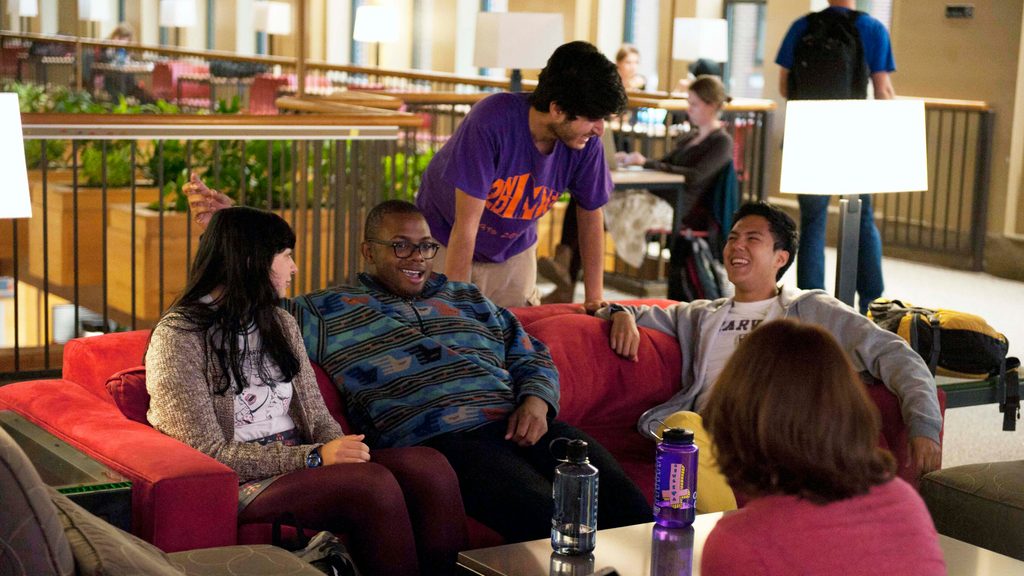Students Lead, Staff Facilitate
A few years ago, one of Carolyn Fure-Slocum’s chaplain associates approached her with a request. She wanted to start an Interfaith Social Action group at Carleton.
The student came to her office with a long list of reasons to support a faith-based platform for social justice. But before she could tick any of them off, Fure-Slocum interrupted.
“I stopped her and said, ‘Yes, absolutely let’s do it. This is exactly what we’re about,’” Fure-Slocum says.
“And I think she was not only surprised, but a little disappointed because she was prepared to argue all her important points!”
Building community is inexorably linked to Fure-Slocum’s job as chaplain at Carleton. But she merely aims to advise, facilitate, and provide a common space inside her home base of Skinner Memorial Chapel. Students are the ones who get to shape how sub-communities look and thrive on campus.
During a recent fall term, eighteen student religious groups were listed at Carleton, among them, Baha’i, Buddhists, Christian Athletes, Druids, Hindus, Muslims, Quakers, and Unitarian Universalists. Interfaith Social Action continues in the blended faith tradition of its founding by three Carls — a Catholic, Jewish, and Muslim trio — during the late 2000s. Other initiatives — like the weekly Theology on Tap discussion at Goodbye Blue Monday coffee shop in downtown Northfield — use conversation in a casual setting as its main draw. Carleton even has its own Christian praise band.
“There’s always been a tradition at Carleton to learn and grow from others, which I think helps deepen connections because of what can be gained from those broader conversations,” Fure-Slocum says. “At the same time, for those who don’t come to Carleton with a religious affiliation, I still see a strong desire to seek out information and find meaning and purpose in life. In that case, there are plenty of opportunities for students to jump in and hear how others put it together for themselves. It never looks like one thing.”
